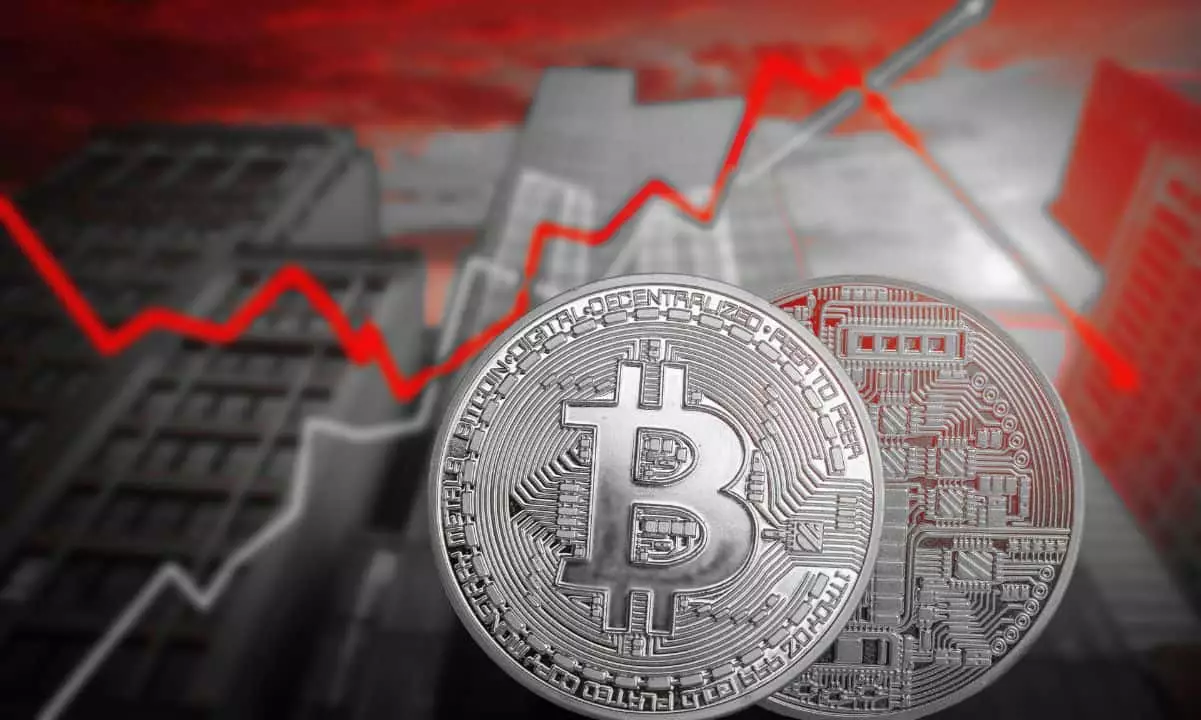In 2025, the financial landscape entered a shocking phase, dramatically reshaping trade dynamics and echoing through markets from stocks to cryptocurrencies. President Trump’s aggressive implementation of import tariffs has turned heads and ignited debates across the political spectrum, and the ripple effects are notably evident in Bitcoin. While tariffs are typically designed to protect domestic industries, their unintended consequences may be steering Bitcoin into uncharted territory, presenting opportunities and threats alike.
What makes this development noteworthy is how these tariffs have altered Bitcoin’s behavior. As reported by Binance Research, the correlation profiles of Bitcoin in relation to various asset classes have evolved. Initially, Bitcoin seemed to veer away from stock markets, with its correlation dipping to a striking -0.32 as the trade rhetoric began to heat up. This negative correlation indicated a scenario where Bitcoin was potentially viewed as a hedge against equity market volatility. However, as sentiment shifted towards a risk-off mood, a shocking turnaround occurred; Bitcoin’s correlation with stocks surged to 0.47 by March. This erratic correlation dance underscores the volatility that accompanies today’s geopolitical and economic shifts.
The Rise and Fall of Correlations
Bitcoin’s oscillating correlation with traditional financial assets raises a pressing question: Are we witnessing the birth of a truly independent asset class, or is Bitcoin just another leaf blown by the winds of macroeconomic factors? Historically, Bitcoin has prided itself on being a “digital gold” — a non-sovereign asset that theoretically thrives in inflationary and uncertain environments. Yet, recent behavior paints a complex picture. The falling correlation with gold—markedly turning negative—suggests Bitcoin is no longer the go-to safe-haven asset many once believed it to be.
Despite these fluctuations, the resilient nature of long-term Bitcoin holders has become a point of interest. Their unwavering commitment to holding Bitcoin during these turbulent times signals a conviction that might be lacking in the broader markets. As traditional risk assets faced dips, savvy investors continued to accumulate, perhaps hinting at a budding belief that Bitcoin could rally as a critical lifeline in tough economic times.
Decoding Market Resilience Amid Economic Turbulence
As we delve deeper, one of the most pressing implications of the current trade environment is the potential for Bitcoin to reclaim its identity as a safe-haven asset. As inflation rates remain persistently high, the Federal Reserve’s monetary policy will serve as the fulcrum upon which Bitcoin’s trajectory pivots. A scenario where the Fed shifts to accommodating policies policies, such as interest rate cuts—coupled with ongoing inflationary pressures—could position Bitcoin favorably as an attractive store of value.
Nonetheless, the looming specter of stagflation presents daunting challenges. In a protectionist climate where trade wars become the norm, investor sentiment will likely be heavily influenced. Trade policies, inflation data, and central bank actions stand at the forefront of this evolving narrative and could dramatically influence the crypto landscape. Investors eyeing Bitcoin must absorb these dynamics, understanding that its future viability as a “digital gold” is anything but guaranteed.
Looking Ahead: Bitcoin’s Diverging Path
The findings from Binance’s recent report lead us to speculate on what the future holds for cryptocurrencies. A protracted trade war could stifle investor enthusiasm, potentially setting the stage for negative correlations with traditional risk assets to persist. However, should signs emerge indicating a return to easing by central banks or more favorable regulatory frameworks, Bitcoin may enjoy a reprieve, leading to a market rejuvenation.
The key takeaway is that Bitcoin’s future is inextricably linked to the decisions made in boardrooms and governments worldwide. Inflation, protectionism, and macroeconomic discourse have all become intertwined in this evolving narrative, creating a scenario ripe for both caution and opportunity. The onus now rests on how Bitcoin can navigate these tumultuous waters—ensuring that as the tides shift, it reasserts itself not only as a speculative investment but as a bellwether for financial independence in uncertain times.


Leave a Reply